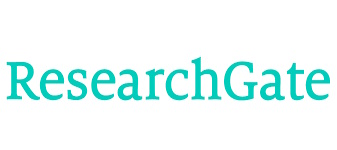Decision-Making Strategies in the Allocation of Educational Resources
Keywords:
educational resource allocation, decision-making strategies, stakeholder involvement, criteria for allocation, resource types, outcomes and impactsAbstract
This study investigates decision-making strategies in the allocation of educational resources, aiming to explore the diverse factors and criteria influencing resource allocation processes within educational institutions. By examining stakeholder involvement, criteria for allocation, types of resources allocated, and outcomes and impacts, the objective is to provide insights into effective resource management strategies that enhance educational quality and equity. A qualitative research approach was employed, utilizing semi-structured interviews with 17 participants directly involved in educational resource allocation. Theoretical saturation was achieved through in-depth analysis of interview data using NVivo software, identifying recurring themes and patterns related to decision-making strategies. Four main themes emerged from the data analysis: Stakeholder Involvement, Criteria for Allocation, Resource Types, and Outcomes and Impacts. Stakeholder Involvement highlighted the importance of community participation, administrative input, teacher feedback, student needs, and parental involvement in decision-making processes. Criteria for Allocation encompassed academic performance, equity considerations, funding availability, policy compliance, urgency of needs, long-term benefits, and short-term gains. Resource Types included financial, human, technological, physical, and informational resources, illustrating the multifaceted nature of resource allocation in education. Outcomes and Impacts focused on academic achievement, student well-being, teacher satisfaction, resource utilization efficiency, equity and inclusion, and sustainability of resources, emphasizing the broader implications of resource allocation decisions. The study underscores the complexity of decision-making in educational resource allocation and advocates for inclusive, transparent, and strategic approaches. By integrating diverse stakeholder perspectives and employing rigorous decision-making frameworks, educational institutions can optimize resource allocation to maximize educational outcomes and promote sustainability. Future research and practice should further explore the dynamic interplay of factors influencing resource allocation in different educational contexts to refine strategies for equitable and effective resource management.
Downloads
Additional Files
Published
Issue
Section
License

This work is licensed under a Creative Commons Attribution-NonCommercial 4.0 International License.










